Slocan British Columbia 81 Years Apart
Today it happens down on the waterfront in Slocan British Columbia and for your enjoyment we present two comparison photos taken eighty one years apart. The first, captured in 1940, shows a railway barge setup and the other, how the location looks in 2021. The “then” photo comes thanks to the James Cookall collection at the City of Vancouver Archives and something beautiful to behold.
To everyone in the old photo, (railway workers, gawkers or whomever), it might have been just another day. For a photographer like James (presumably), and those of us viewing his capture many decades later (definitely), it’s an amazing scene playing out. Floating trains? The CPR had a number of barge routes to serve isolated branchlines in the interior of BC and this operation took place on scenic Slocan Lake.
Slocan British Columbia 81 Years Apart! A little McHistory with Chris Doering & Connie Biggart (BIGDoer/Synd)
Be like Connie…
In James’ photo we see the barge slip and a steam locomotive busy at work. On this very spot the transfer between land and water took place. The barge ran back and forth between a connection with the rest of the Canadian Pacific Railway’s network here in Slocan and Rosebery.
At the time of the old photo the service was sometimes as frequent as every couple days but could vary depending on demand. From Rosebery trains could travel an outlying branch serving Nakusp and into the 1950s, also one into the mining community of Sandon. See: A Tour of Sandon BC and Old Metal Sandon BC.
Forest products were a mainstay, but ore and general merchandise also moved. Everything went by train back then and roads here in the interior mountains were often sketchy at best.
Barges were limited to the number of rail cars they could hold (up to eight typically, based on old photos) and had to be loaded gingerly. Locomotives also travelled with the cars and traffic sometimes so heavy that two barges were used per trip. While a labourious and costly process, it worked well enough for many decades.
It’s not clear if the barge is being loaded for the trip north or unloaded after returning from Rosebery. Either way, the transfer must have been quite the sight to behold and evidence of this comes thanks the two fellows down by the locomotive. They seem quite focused on what’s going on in front of them.
A second barge can be seen to their left and both had an interesting above deck truss system to stiffen the superstructure. Later barges were open topped.
The Slocan Lake barge service lasted into the late 1980s and by then done on an as-needed basis. Sometimes weeks or even months passed with no trains moving at all. Bad roads in the area were a contributing factor to why it lasted as long as it did, but clearly it was a money loser for the last few decades. By the 1960s the CPR made it clear they wanted out, but government regulations and pressure from shippers kept that from happening. Of the many barge routes on lakes in the area the Slocan-Rosebery run became the last.
After termination of the barge service, trains still continued to visit Slocan into the early 1990s to serve the sawmill here. This sprawling plant was to the right off frame and now a big empty lot.
Later the waterfront was transformed into a beach as you see today but those pilings in our photo hearken back to the mill. They were tie-downs for log rafts floated down the lake and now anchor a boom marking the swimming area. Slocan Lake is a long one (about forty clicks end to end) and the surrounding mountains rich with timber. Why haul to the mill when floating it down makes more sense?
The steam powered tug Rosebery is seen tied down and it hauled the barges. It also carried passengers and in service from the late 1920s until replaced by the Iris G in the mid-1950s. This newer diesel tug was contracted out and not company owned, nor did it transport people. Later it also found employment with the sawmill for moving water-shipped logs and that’s in addition to the rail barge run.
A gloved man (railway or tug worker?) can be seen exiting the Rosebery and you’ll notice he plus the two other fellows in back all wear hats. Bare heads were a rarity and the millinery business back then presumably a good one. There’s a person looking out from the bridge (sans headgear) and he’s presumably the captain.
The platform opposite the Rosebery facilitated the transfer of passenger between the railway and ship. A little further towards the lake the tracks connected with a slip (a movable ramp allowing adjustments for differing water levels – here’s one: Rosebery BC railway barge slip) which then connected to the barge. The tracks were at odd planes relative to each other, but it seemed to work well.
The old photo can be expanded to read the locomotive number and it was already old when captured in 1940. Built in 1900, #3267 was a Consolidation type locomotive and in the M2 class. While we can’t find the exact date of its retirement, we know that most of this class were gone by the mid-1940s. Given the heavy war-time traffic at the time they were likely well worn out at the end.
Interesting, a newer M4 class Consolidation rolled of a barge later in the 1940s and is still sitting at the bottom of Slocan Lake.
In addition to a caboose, two ore cars and one boxcar can be seen in the then photo. There may be more railcars blocked from view on the track to the right and perhaps others in the yard behind the shooting position. If we could see into the open top ore cars we could easily tell what direction they were bound. Empties travelled north to Rosebery on the barge and south to Slocan when full.
The shoreline profile has changed considerably since and our photo taken from a viewing platform where the slip used to be. We sourced some old aerial photos and used these line up our shot. Yes, we’re standing very close to where James did long ago and that’s amazing. Many trees have grown up on rock bluffs in back, but still there’s some recognizable outcroppings.
Present, but blocked from view in the old photo and seen in ours, only it’s in an abandoned state now, is the grade of the old highway. It’s down there near lake level on the far side and blasted out of the rock in the 1920s. Bypassed in the 1970s, it’s now a walking trail. We paid it a visit and note it must have been a terror to drive. With restricted clearances, steep grades and a personality completely unforgiving, it was rather ill-suited for big trucks at the time. Timid drivers in car would avoid it and even the fearless probably sweated a wee bit. We suspect snow and ice in winter made things doubly bad. Now let’s never speak of it again.
Slocan dates back to the mining boom of the 1890s and today a sleepy little village. Once such a happening place that it obtained city status, there’s not much left from those days. Slocan Lake is deep and in places it’s close to three hundred metres down to the bottom. It’s also brutally cold and just dipping our toes in had us questioning the sanity of those out swimming. Here it’s mid-July, hot as Hades, and we’re thinking polar bear swim!
Know more: (new windows): Slocan British Columbia and CPR Railway Barges BC.
They’re saying…
”As a long time area historian I can say unequivocally that the thoroughness of the research and documentation done by Chris and Connie on any site they so respectfully explore is first rate. I consider them a go to on many many aspects of western Canadian history. And I am thankful that Off the Beaten Path exists as a first rate site to guide other explorers.” John William Kinnear (slow clap for you Mr Kinnear!)
More like this and from the area…
Silverton BC Waterfront (SS Slocan).
Rosebery BC Then & Now.
Some favourite Then & Nows…
Sleepee Teepee Blairmore Alberta.
Then & Now: Foremost Alberta.
Superman 3 Then & Now – Lana Lang’s.
Something to say and no one to say it to? Go here: Contact Us!
Date of adventure: 1940 (James Crookall) and July, 2021 (Team BIGDoer).
Location: Slocan (City), BC.
Article references and thanks: City of Vancouver Archives James Cookall Collection, Village of Slocan, and the British Columbia Historical Association (1937).
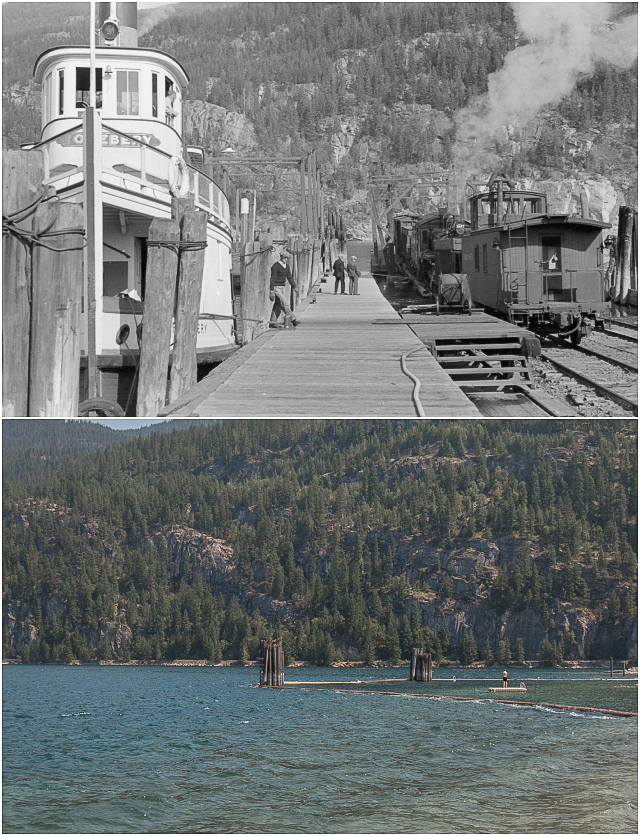
Eighty one years apart!
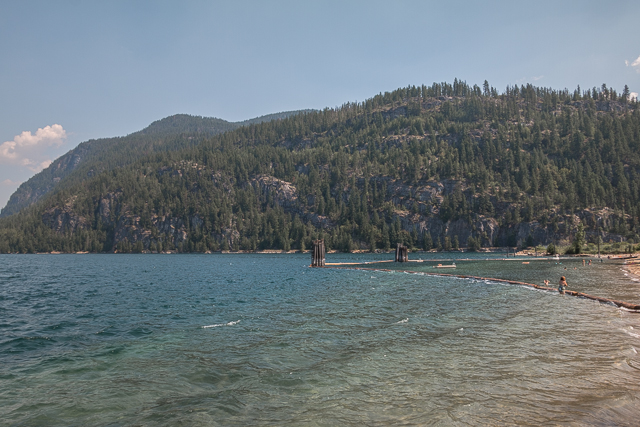
Down on the waterfront in Slocan British Columbia.
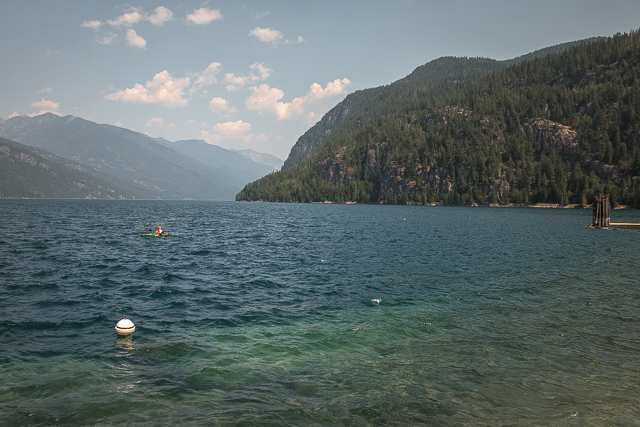
We can all agree this is a beautiful setting.

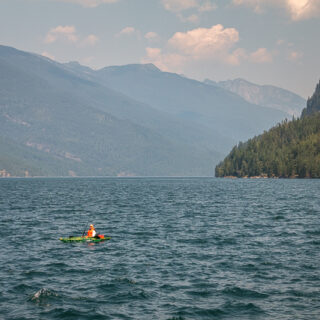
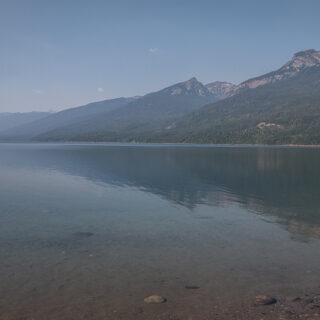
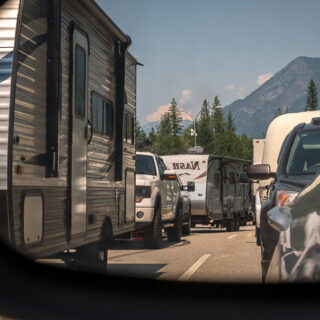
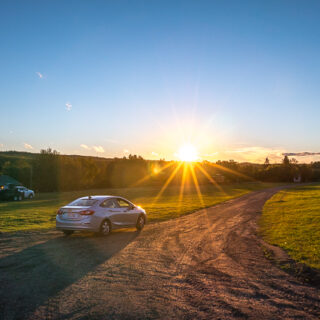
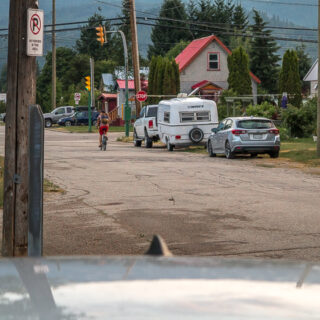
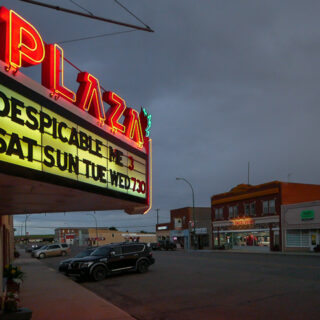
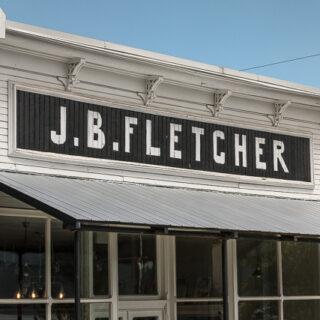
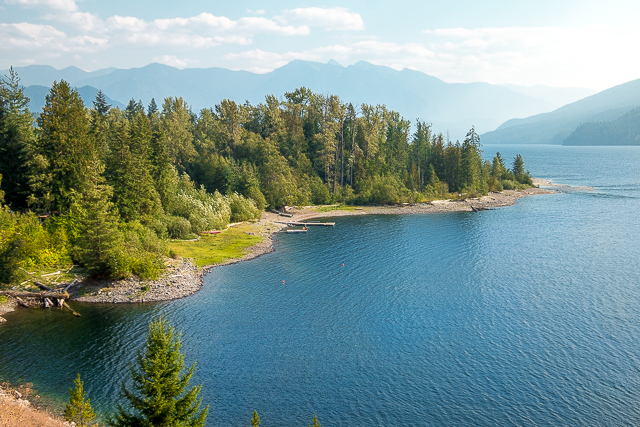
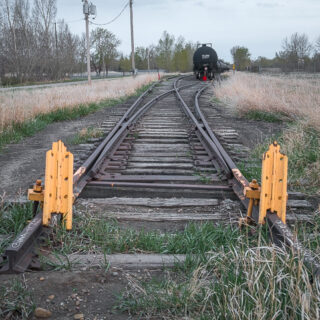
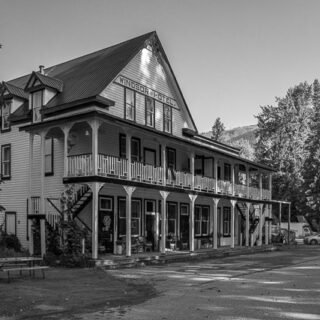
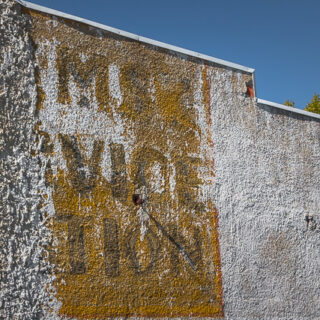
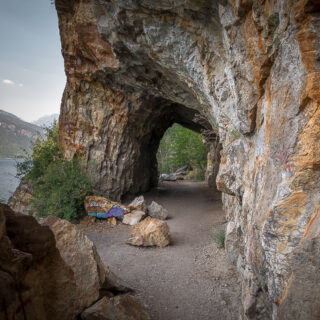







Comments are currently turned off